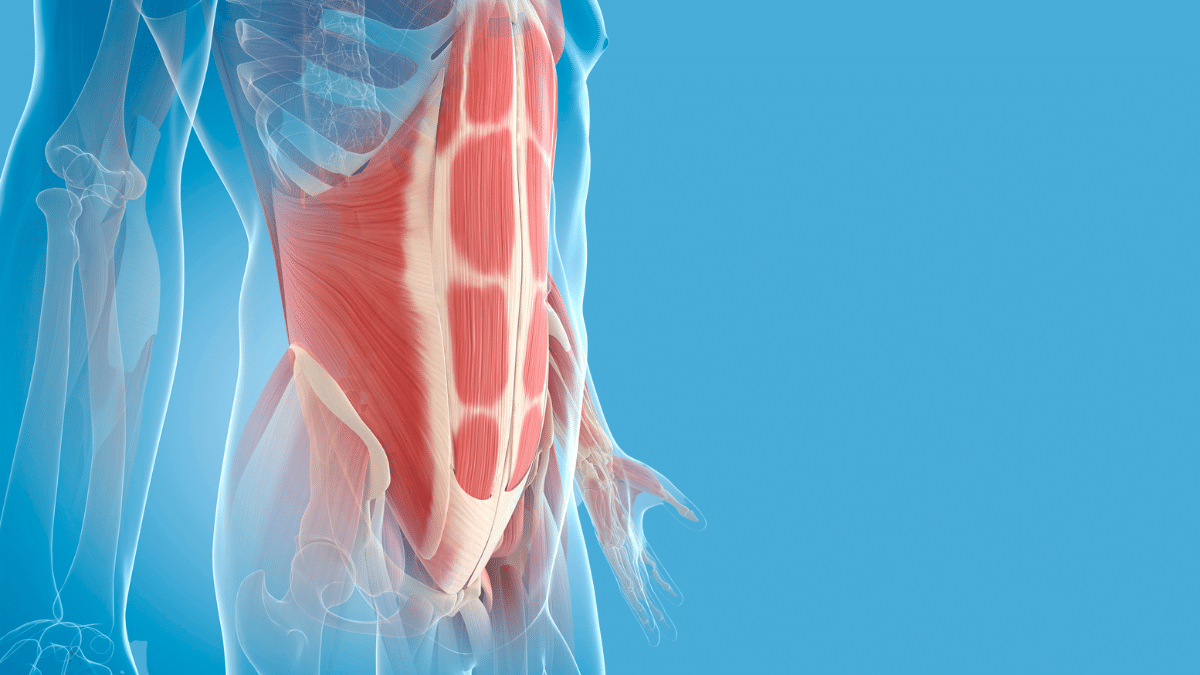
When to Use Specific Progressive Overload Strategies
A previous study found that progressing load lifted or reps led to similar increases in strength and muscle size. A new study made the same comparison, but did they find the same results? This article discusses the new study and when to use specific progressive overload strategies.











